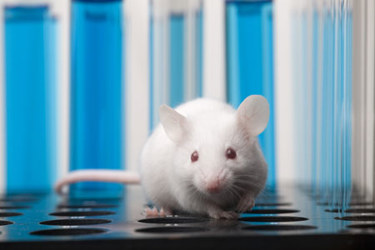Preclinical Strategies In Rodent Studies Using Volumetric Absorptive Microsampling (VAMS®)
By Narine Lalayeva, Julie Forget, and Jeff Plomley

The use of blood microsampling has become increasingly popular as the preferred collection method throughout drug development, particularly for pediatric, vulnerable, and critically ill populations, where low-volume, patient-centric sampling offers substantial benefits. In the nonclinical space, blood microsampling contributes to a reduction and refinement in experimental rodent use by enabling the collection of smaller volumes from less invasive sites, allowing for the correlation of toxicological effects with exposure in the same individuals, and helping to bypass the hematocrit (HCT) effect typically seen with larger sampling volumes. However, microsampling in rodents, especially mice, does present challenges, particularly due to limited blood volume. Volumetric Absorptive Microsampling (VAMS®), using a Mitra® microsampling device, offers a viable solution for nonclinical studies. With VAMS® (10 μL/sample), pharmacokinetic (PK) studies in rats can be conducted with as few as three animals per dose level (serial), while PK studies in mice can be completed with eight animals per dose level (split into two subsets—sparse).
This approach reduces animal populations by 50% for rats and 60% for mice compared to traditional study designs that use 0.5 mL/sample volumes. Further refinements in study designs for regulated rodent studies include the consolidation of satellite toxicokinetic and main study groups, leading to a significant improvement in animal use. Although drug development processes and regulations are conservative, various successful microsampling strategies are now available and have proven to be effective in drug development programs, including studies supporting clinical trials, offering substantial ethical benefits.
Get unlimited access to:
Enter your credentials below to log in. Not yet a member of Drug Discovery Online? Subscribe today.
